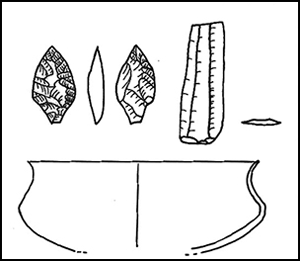Published online by Cambridge University Press: 17 March 2020

The Konya Plain in western Turkey hosted some of the earliest known farming communities beyond the Fertile Crescent. While robust radiocarbon chronologies have elucidated the development of local Neolithic settlement patterns, particularly for Çatalhöyük, the history of occupation at Canhasan sites III and I to the south-east is less clear. Here, the authors present new radiocarbon dates for these sites, demonstrating that these settlements align closely with the occupation sequence to the north. Aceramic Neolithic occupation at Canhasan III further emphasises Çatalhöyük East's isolation for most of the Ceramic Neolithic, while Canhasan I was reoccupied during a phase of dispersed settlement.